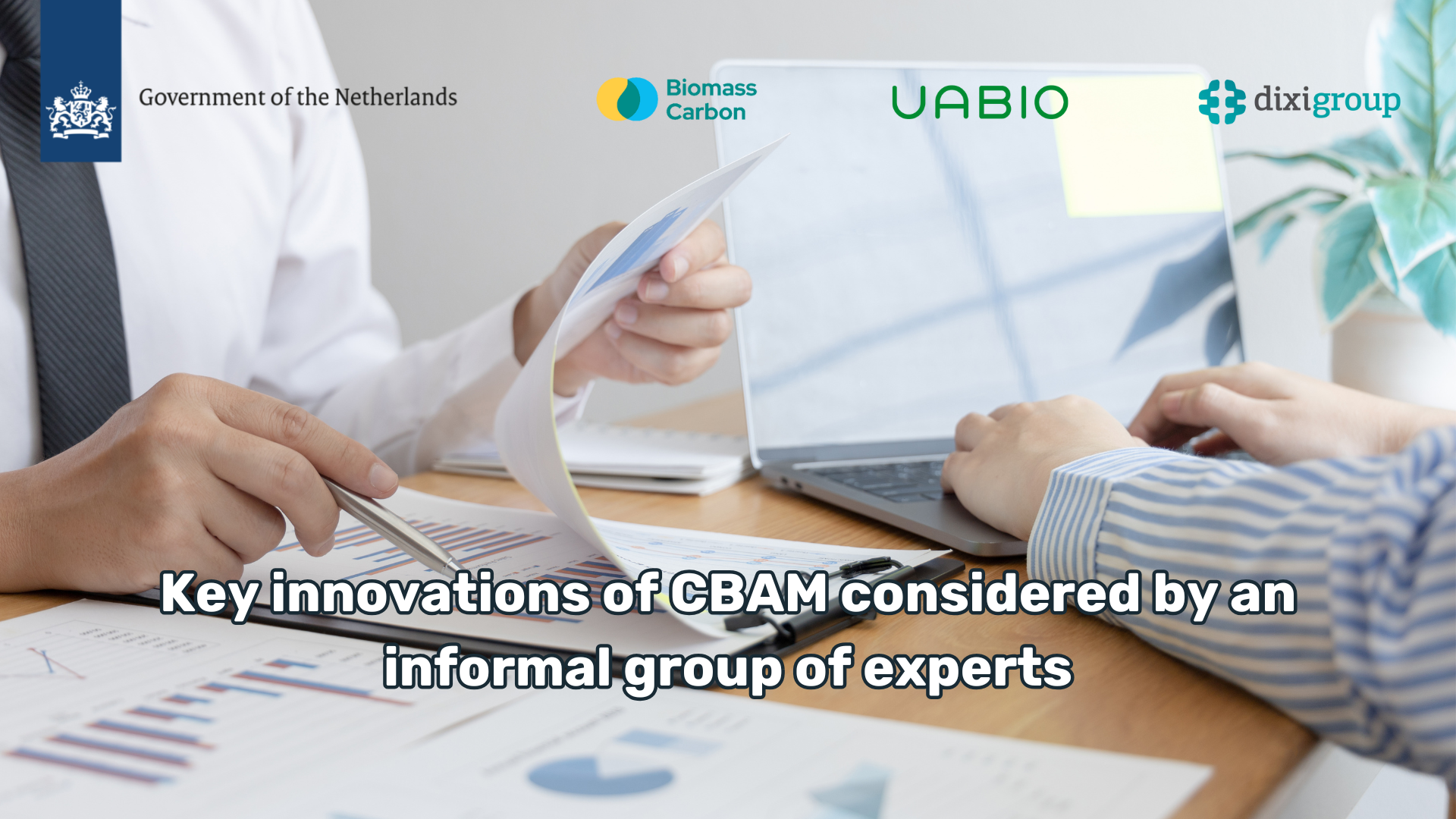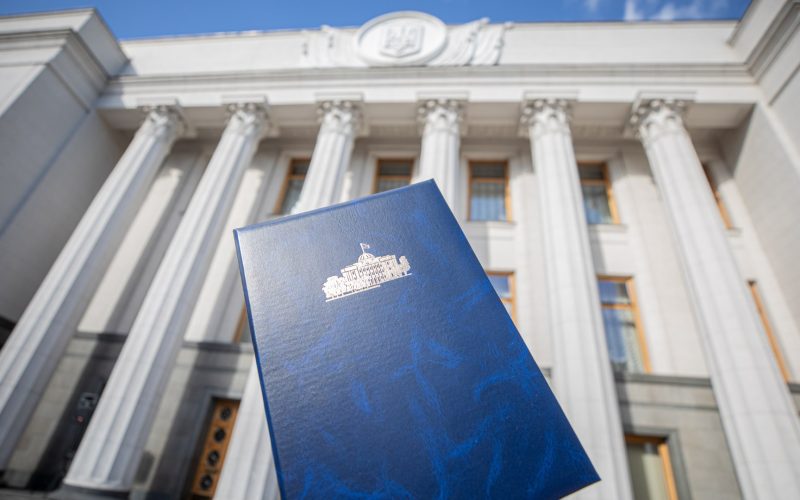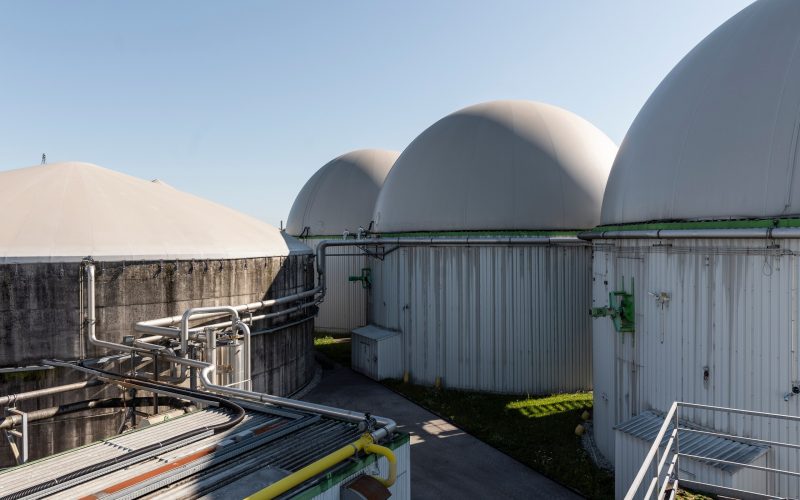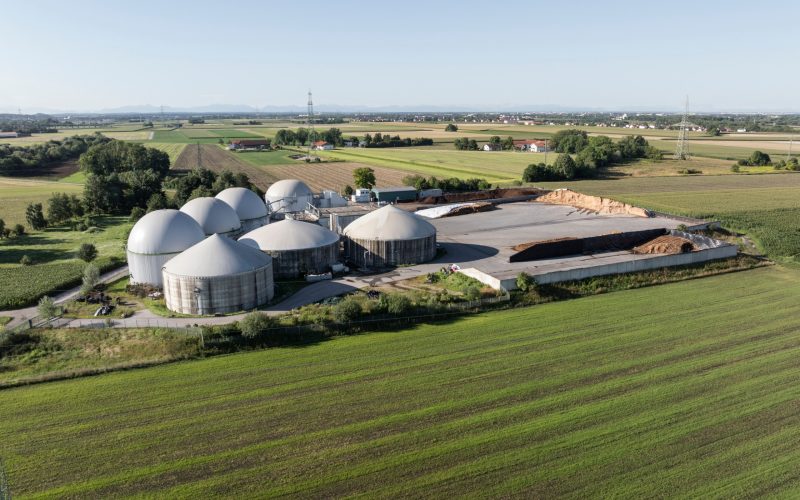Key innovations of CBAM considered by an informal group of experts
The third meeting of the informal CBAM expert group at the Directorate-General for Taxation and Customs Union (DG TAXUD) of the European Commission took place on 15 May 2025, where plans for the development of the Carbon Border Adjustment Mechanism were discussed.
This group brings together representatives of EU Member State authorities, authorised declarants, industry associations, academics and other stakeholders to technically elaborate the implementation and improvement of the CBAM. It should assist DG TAXUD in the preparation and adoption of the necessary documents, as well as facilitate the exchange of experience and best practices.

On the agenda was:
- discussion of the proposal to simplify the CBAM;
- general overview of activities in 2025;
- expanding the scope of application to downstream products (downstream scope extension);
- revision of the CBAM methodology.
Let’s take a closer look at each of these issues.
Proposal to simplify CBAM
New threshold of the minimum limit (de minimis)
It will exempt importers with an annual volume of goods up to 50 tons from CBAM obligations. This is expected to reduce administrative costs for importers by ≈ EUR 1.1 billion (including at least EUR 831 million for SMEs) and reduce costs for authorities by ≈ EUR 87.5 million.
For small CBAM importers, the following is provided:
- they will independently indicate their status as a CBAM small importer when submitting their customs declaration;
- they will be exempt from all obligations directly related to CBAM until the established threshold is reached.
At the same time, the European Commission:
- will collect and track data from every import declaration submitted in the EU-27 countries.
- will monitor import volumes per importer. If the threshold is exceeded, this will lead to penalties and prohibition from further CBAM imports until end of the year or until authorisation is obtained.
- it will be possible to adapt the threshold quickly if significant changes are detected in the structure of trade or emission intensity.
Simplified authorization procedure for CBAM declarants
Optional consultation with the European Commission and national competent authorities (NCAs). Also introducing the role of a “CBAM representative” to delegate the submission of declarations to a third party with the necessary technical and legal expertise.
Simplified reporting and calculation of embedded emissions
- Removal of restrictions on the use of default values; verification of embedded emissions applies only to actual values.
- The deadlines for submitting the CBAM declaration and submitting certificates have been extended: annual declaration — until August 31 (instead of May 31).
- Additional information on the operator’s portal and access for verifiers.
- Exclusion of emissions from downstream processes from system boundaries processing for a number of steel and aluminium products and the exclusion of precursor emissions produced in the EU. This concerns production processes in which the bulk of the included emissions is determined by the included precursor emissions, while the emissions arising directly from the production steps are usually relatively low. Furthermore, these production processes are mostly not covered by the EU ETS.
Simplification of financial liability
- The start date of the sale of certificates has been postponed to 2027 (to cover 2026 emissions).
- The prices for certificates to cover 2026 emissions will be set as the average quarterly closing price of the EU ETS for the quarter of imports of goods covered by the CBAM.
- The obligation to have a minimum number of certificates equivalent to 80% of included emissions at the end of each quarter has been reduced by 50%; the calculation basis for taking into account the CBAM coefficient has been changed; the possibility of calculating the number of certificates based on default values or information provided in the previous CBAM declaration (actual values and carbon price deduction) has been introduced.
- Introducing default carbon prices paid in third countries, taking into account discounts, which does not reduce protection against carbon leakage. The default carbon prices will be determined by the European Commission as needed (subject to data availability) for each country in EUR/t CO2-eq. This is an alternative to the existing approach with proof of the actual price paid for carbon emissions.
General overview of activities in 2025
Schedule of reports, communication and legislative proposals
- Technical proposal to simplify CBAM Regulation (Q1 2025).
- Communication on carbon leakage of exported CBAM goods (Q2 2025).
- General report on the application of the CBAM regulation & anti-circumvention strategy (Q4 2025).
- Legislative proposal to extend CBAM to downstream goods including anticircumvention measures (Q42025).
Overview of the status of Implementing Acts (IA) and Delegated Acts (DA)
- IA: CBAM Registry approved in December 2024.
- IA: conditions for authorisation of CBAM declarants were approved in March 2025.
In progress:
- IA: conditions for CBAM application to goods brought to EEZ.
- IA: calculation of emissions and CBAM declarations.
- IA: accreditation of verifiers and verification principles.
- DA: conditions for accreditation and verifiers.
- DA: conditions for sale and re-purchase of CBAM certificates.
- IA: carbon price and price of certificates.
- IA: adjustment for free allocation.
- IA: Customs communication and information on imports
Portal on operators of third-country installations (O3CI)
Objective: to standardize the transmission of data on installations and emissions by operators of production facilities outside the EU. Registration for installation operators began in January 2025.
Key opportunities for third-country operators (in 2025):
- Apply for registration and upload installation data.
- Submit emissions data and monitor the visibility of the data on the European Commission website.
- Share emissions data securely with CBAM EU declarants
Key opportunities for EU declarants (in 2025, during the transition period): submit quarterly CBAM reports using emissions data from third-country operators for the previous quarter.
Ukrainian operators of installations can register on the O3CI portal using their EDRPOU code (National State Registry of Ukrainian Enterprises and Organizations).
Expanding the scope to downstream products
- “Downstream goods”: goods further down the value chain listed in Annex I of the CBAM Regulation (Article 30).
- Article 30 (CBAM Regulation) and the Clean Industrial Deal: By the end of 2025, the Commission is to assess the scope of CBAM extension to downstream goods.
- The Steel and Metals Action Plan. Legislative proposal to extend the scope of CBAM to certain steel and aluminium-based downstream goods. Deadline: by the end of 2025.
CBAM Methodology Review
Objectives: to simplify application and reduce administrative burden for importers and third-country producers, thereby facilitating the use of actual emissions.
Research objectives:
- Identification and description of MRV systems and standards (28 MRV, 45 standards).
- Comparative analysis with CBAM methodology.
- Evaluation and updating of own methodology.
- Determining options for compatibility of external standards with CBAM.
Intermediate results: 5 MRV systems were selected for analysis, in particular, the Ukrainian greenhouse gas MRV system, and 14 standards (ISO 14067, GHG Protocol , EN 15804, etc.).
View the presentation of the third Meeting of the Informal Expert Group on CBAM
The publication was prepared within the framework of the project “Technical Assistance for CBAM good exports from UA to EU“, which is implemented with the support of the Ministry of Foreign Affairs of the Kingdom of the Netherlands and the Netherlands Enterprise Agency. Funding is provided by the Private Sector Development Program of the Netherlands Enterprise Agency/The Netherlands Enterprise Agency.
The project “Technical Assistance for CBAM good exports from UA to EU” began on November 25, 2024, and will last until February 28, 2026. This project is implemented with the support of the Ministry of Foreign Affairs of the Kingdom of the Netherlands and the Netherlands Enterprise Agency.


